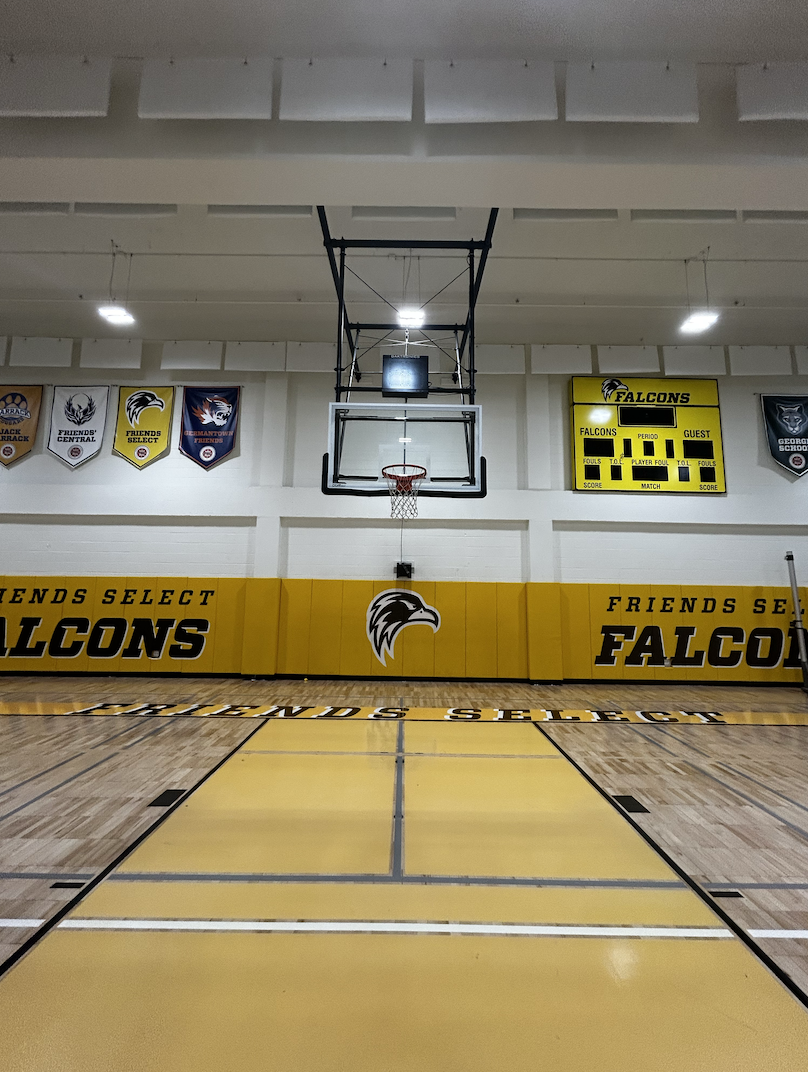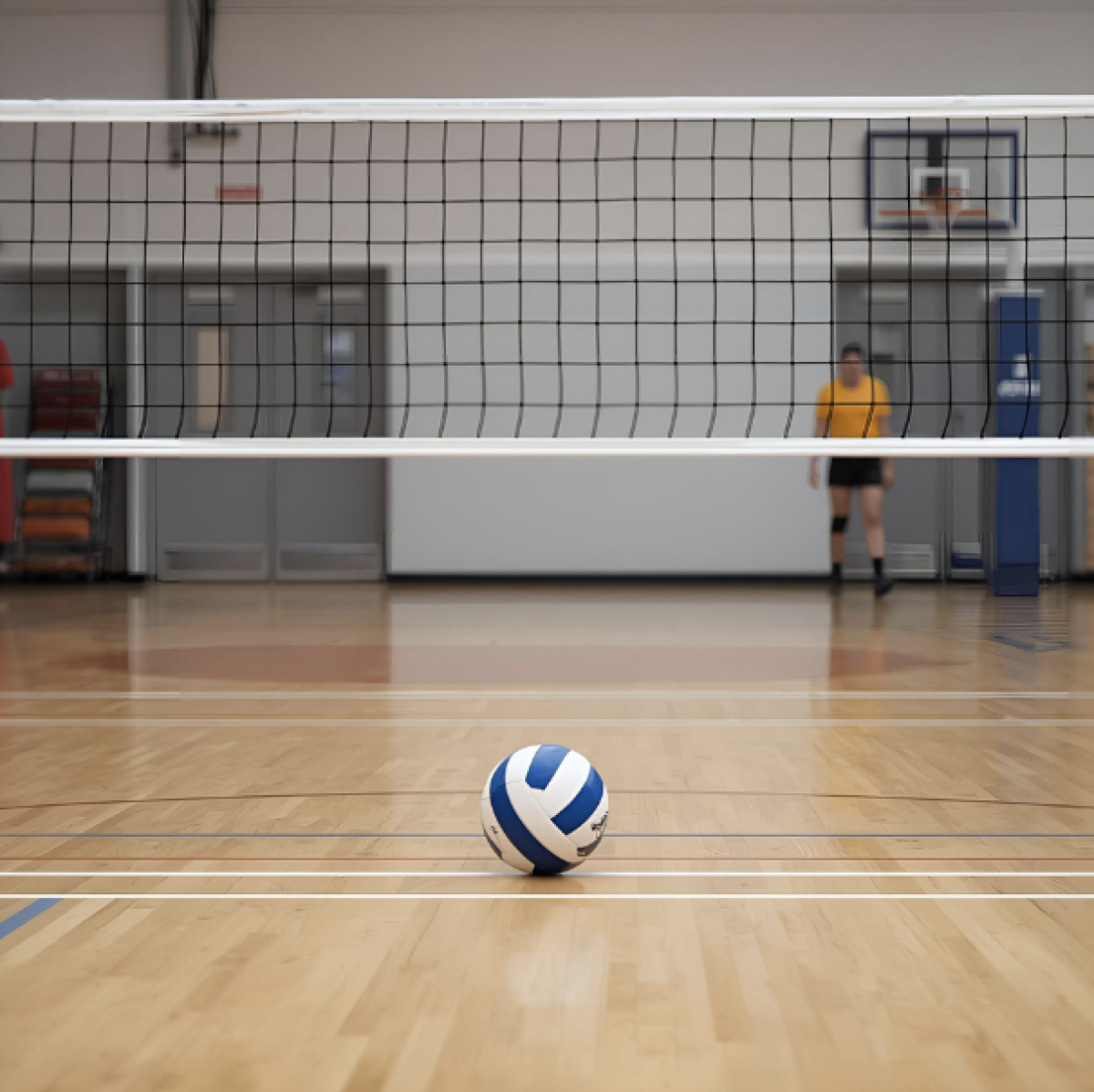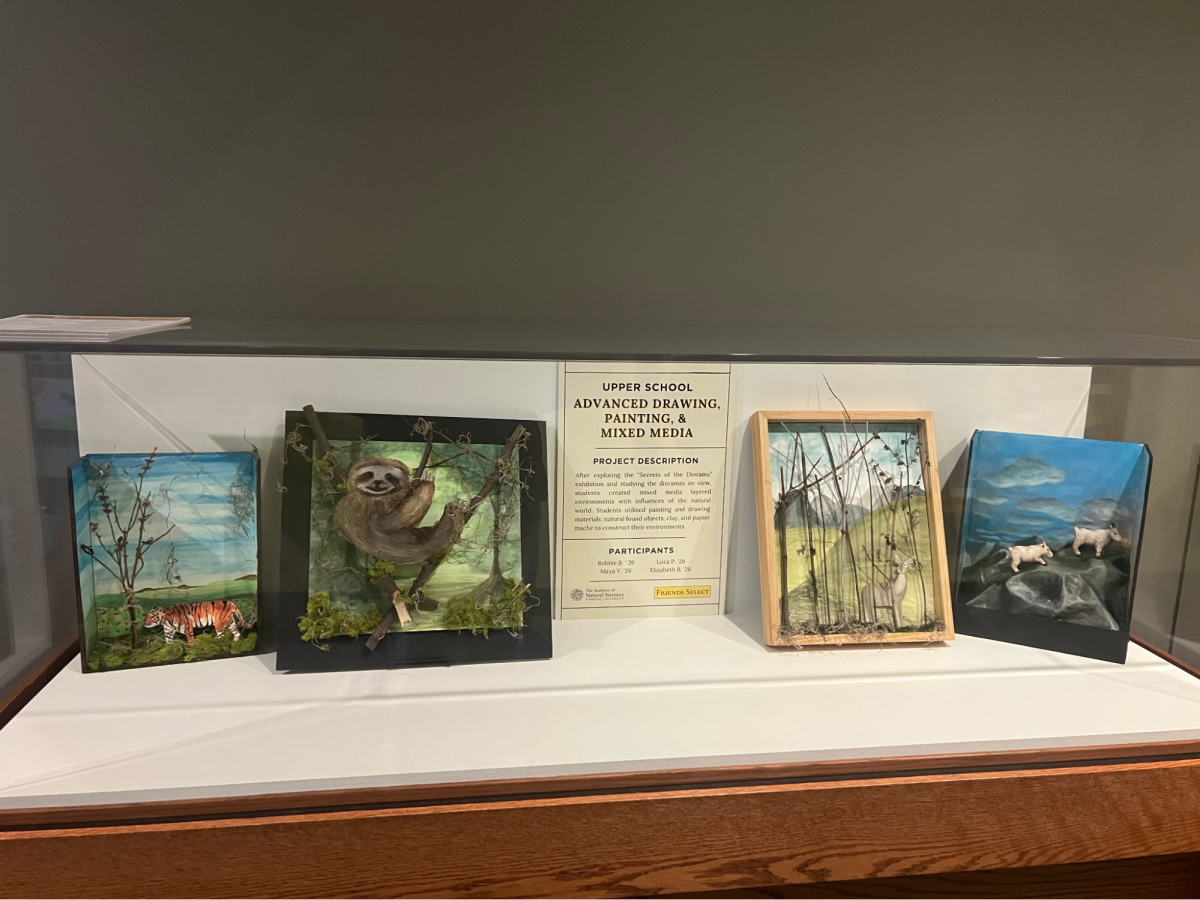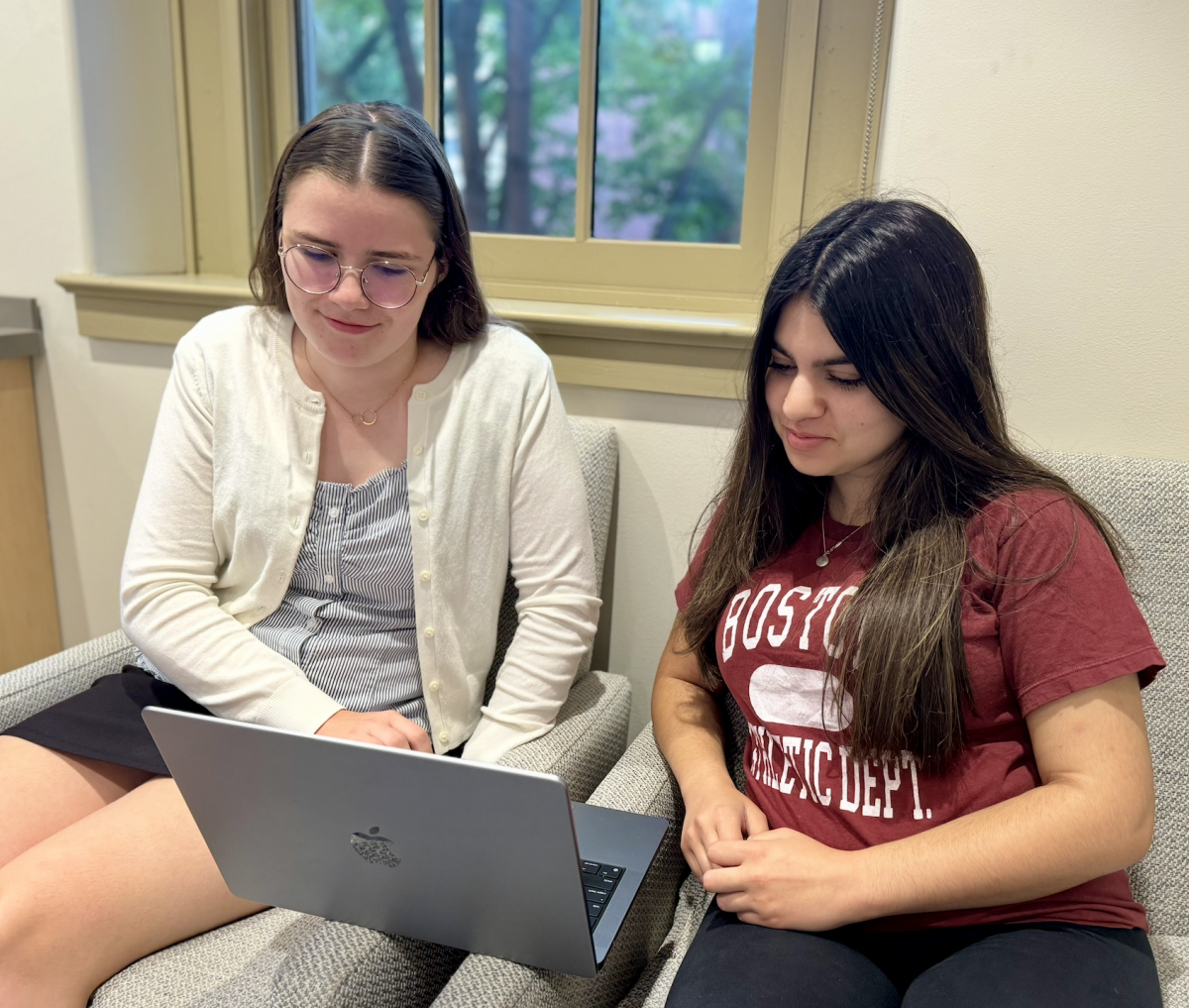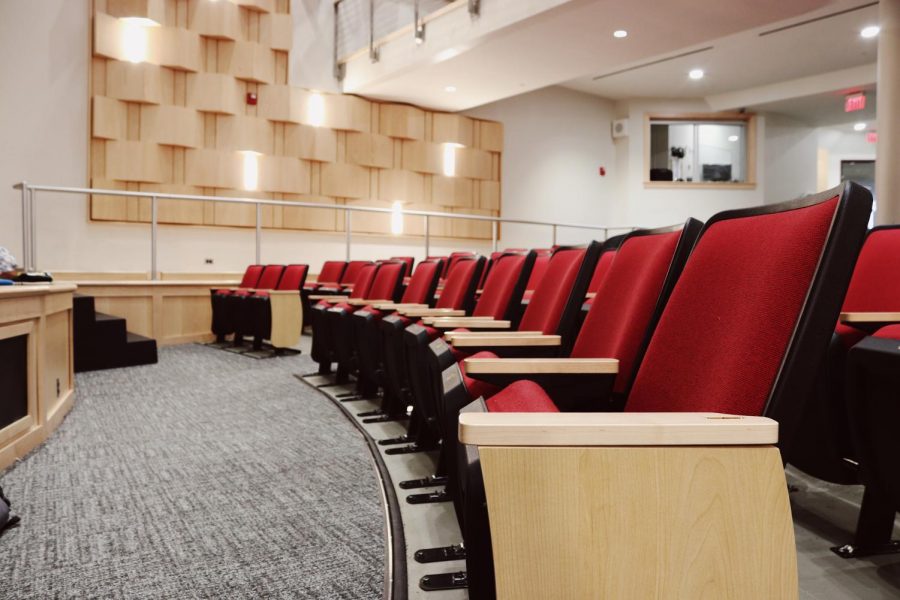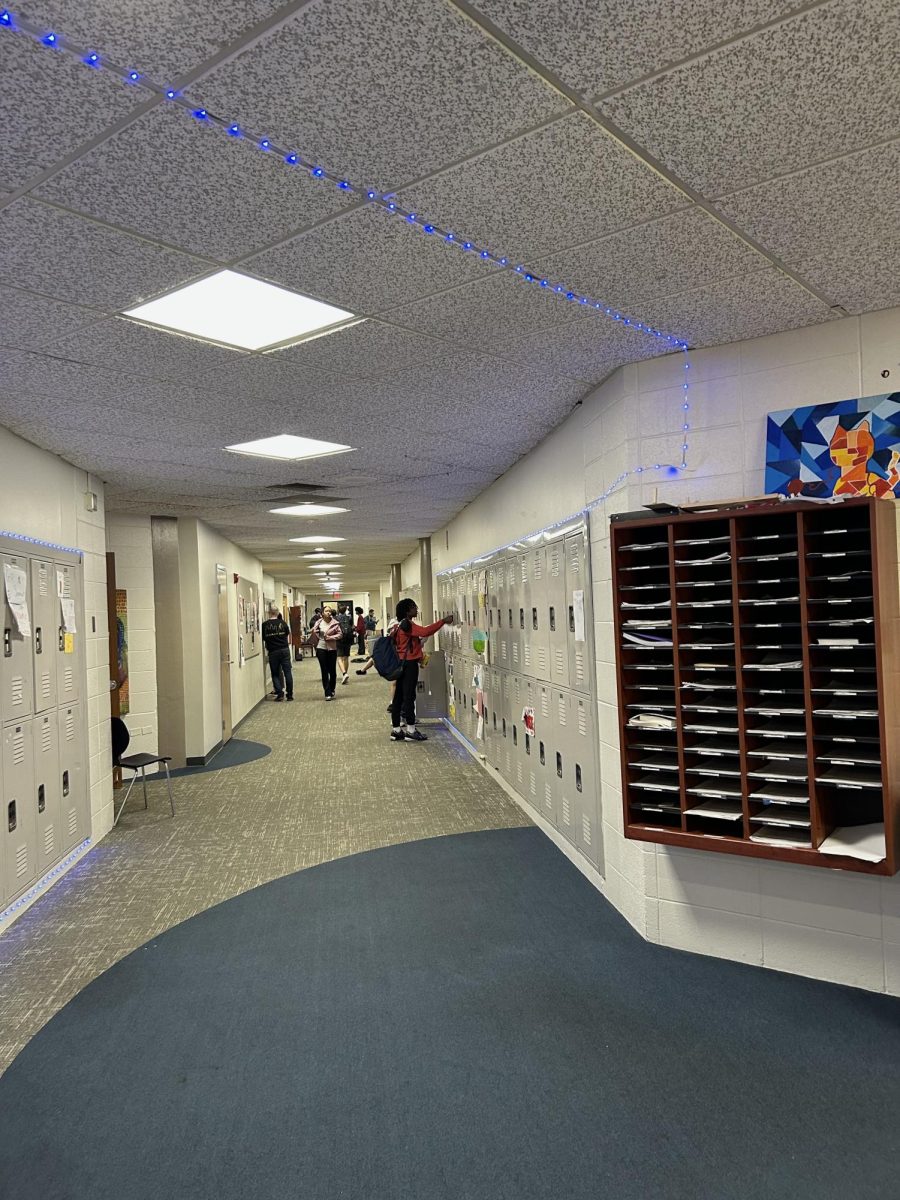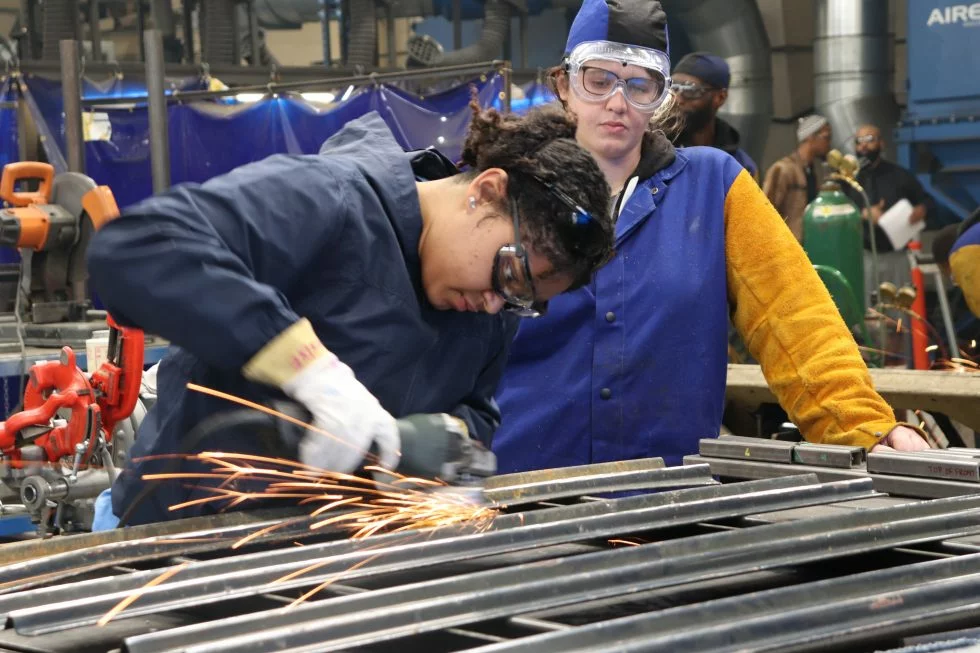Many high school seniors, including myself, are left wondering if their degrees will translate into real-world success. With rising college costs and a job market yearning for skilled laborers, it’s time to ask: “Are we harming our students by not teaching them trades alongside core classes?” The answer might just be found in a welding torch or a carpenter’s hammer rather than a textbook.
Trade education broadens career opportunities, especially for students like Gavin Ewing, a senior at Friends Select School. Gavin plans to pursue a trade after high school, sharing, “The reason that I’m going to do trade instead of college is because of my lack of interest in school. I love being at school and seeing people, but I dread going to classes.” Many students share this sentiment, finding the academic focus of college unappealing. Vocational programs can highlight careers that don’t require four-year degrees but still lead to success, such as welding, plumbing, and electrical work.
Gavin adds, “Implementing trades into high school classes would be a great thing because it will show kids that there are other careers that can make you successful that don’t require college.” Trade professionals often enjoy competitive salaries, with roles like construction managers and elevator mechanics earning upwards of $100,000 annually.
Trade education also addresses critical workforce demands. The demand for skilled tradespeople is surging due to retiring workers and advancements in industries like renewable energy. Jobs such as electricians, mechanics, and welders provide not only job security but also contribute to essential infrastructure. Gavin’s interest in becoming an electrician reflects this practical and stable career choice, where “robots cannot replace the need for skilled tradespeople.” He emphasizes that trades are “something that will be needed forever.”
Teaching trades in high school can also remove the financial burdens of higher education. Tuition for trade schools is significantly less than that of traditional colleges. The average tuition for trade schools in Pennsylvania is $16,401 a huge contrast to the rising costs of four-year universities. Additionally, many trade schools offer students the opportunity to begin earning income right out of school, debt-free. Gavin reinforces his final point, saying, “I really don’t want to have a $100,000 loan because of college, and with trade, I will be able to make money out of school and not owe anything.”
Beyond career prospects, being proficient in a trade is invaluable in everyday life. Skills such as carpentry, plumbing, and electrical work provide practical knowledge that can save time and money in household maintenance. Quintin Hopley, a professional carpenter and now the manager at Delran Builders adds that Trades “also foster independence and self-reliance.” He then remarks. “I saved an unreal amount of money,” when describing how much he saved on building a shed in the back of his house instead of hiring builders.
Gavin’s experience at Friends Select School further demonstrates how high schools can prepare students for the real world. He credits the school’s emphasis on personal responsibility and freedom for teaching him time management and self-discipline. “This freedom requires us to be on top of everything, and I think that is helpful,” he shares. Expanding this real-world preparation to include vocational training would enhance students’ readiness for life after graduation. Friends Select could also benefit from having its own apprenticeship program and opportunities along that line.
High schools need to reintroduce trade education to equip students with practical skills, offer diverse career options, and prepare them for life after graduation. Trades provide a sustainable alternative to traditional college paths, offering economic and personal benefits. Incorporating trade programs into high schools is not just an educational strategy but a necessary response to changing societal needs. As Gavin simply puts it, “You can’t have a robot build these buildings that are around us.”







